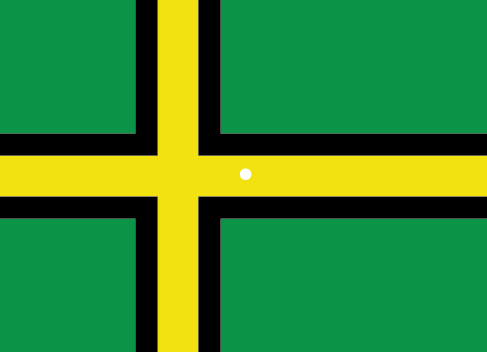| << Chapter < Page | Chapter >> Page > |
We do not see the world in black and white; neither do we see it as two-dimensional (2-D) or flat (just height and width, no depth). Let’s look at how color vision works and how we perceive three dimensions (height, width, and depth).
Normal-sighted individuals have three different types of cones that mediate color vision . Each of these cone types is maximally sensitive to a slightly different wavelength of light. According to the trichromatic theory of color vision , shown in [link] , all colors in the spectrum can be produced by combining red, green, and blue. The three types of cones are each receptive to one of the colors.

The trichromatic theory of color vision is not the only theory—another major theory of color vision is known as the opponent-process theory . According to this theory, color is coded in opponent pairs: black-white, yellow-blue, and green-red. The basic idea is that some cells of the visual system are excited by one of the opponent colors and inhibited by the other. So, a cell that was excited by wavelengths associated with green would be inhibited by wavelengths associated with red, and vice versa. One of the implications of opponent processing is that we do not experience greenish-reds or yellowish-blues as colors. Another implication is that this leads to the experience of negative afterimages. An afterimage describes the continuation of a visual sensation after removal of the stimulus. For example, when you stare briefly at the sun and then look away from it, you may still perceive a spot of light although the stimulus (the sun) has been removed. When color is involved in the stimulus, the color pairings identified in the opponent-process theory lead to a negative afterimage. You can test this concept using the flag in [link] .

But these two theories—the trichromatic theory of color vision and the opponent-process theory—are not mutually exclusive. Research has shown that they just apply to different levels of the nervous system. For visual processing on the retina, trichromatic theory applies: the cones are responsive to three different wavelengths that represent red, blue, and green. But once the signal moves past the retina on its way to the brain, the cells respond in a way consistent with opponent-process theory (Land, 1959; Kaiser, 1997).
Watch this video to see the first part of a documentary explaining color vision in more detail.
Our ability to perceive spatial relationships in three-dimensional (3-D) space is known as depth perception . With depth perception, we can describe things as being in front, behind, above, below, or to the side of other things.

Notification Switch
Would you like to follow the 'Psychology' conversation and receive update notifications?